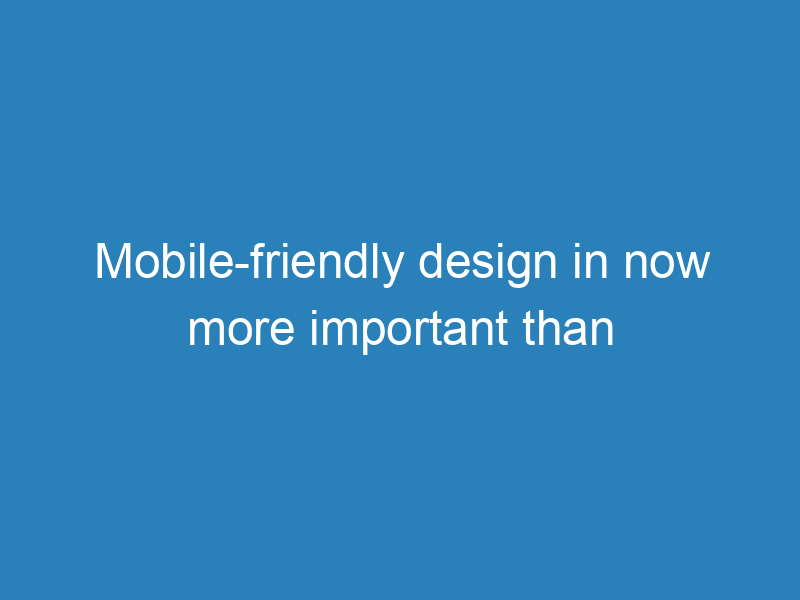Table of Contents
mobile friendly design
user experience
Mobile friendly designs not only improve a person’s ability read the content on an electronics device but also reduce the chance of losing data or a virus that stops a computer running properly. A mobile friendly email will allow users to access the message without having to touch it. This is great for people who are in a rush and need to get things done quickly. Mobile friendly design can have a negative impact on productivity and sales. The user does not get the same interactivity and ease-of-use that would come with a computer that is designed to be used on a cell phone. The majority of cell phones don’t have the same amount of memory as a desktop or laptop computer.
A Mobile friendly design principle is one that makes sure that the screen size of any mobile device is properly accommodated. These include Smartphones, PDAs, netbooks, tablets and laptops. Today’s mobile users have larger screens than the average person. There are now certain websites that cater to mobile users and the users can access them easily through smaller or larger versions of their website that use the proper smaller or larger screen size. Some restaurants design their websites so that they can be accessed from mobile phones. They also have smaller versions that are easier to read and navigate.
A mobile friendly design also means that the software that is used is created to take advantage of the larger screens that are available on mobiles. Software must be compatible with both tablets and smartphones, for example. Software must consider the fact that many people have smaller screens than their computer monitors. Software that can be used with tablets or cell phones is therefore designed for these devices.
A mobile-friendly design principle that makes it easy to view web pages is an important one. It offers a better user interface, which is why many people prefer to use mobiles to browse the Internet. This means that users can see a larger and more bold interface on their mobile phone screen than they can see on a computer monitor or computer screen. A good example of this would be having a cleaner and lighter version of a photo on a cell phone screen than on a personal computer screen.
Another way to ensure a mobile friendly design is to make sure that the text on the web page is easily readable. A mobile user may not have perfect eyesight, so it is important that the font type and size are bigger and bolder. This will allow the user more information on the page without straining their eyes. A Mobile ok Checker feature allows users tap a button to check if they are happy with what they are reading. This is another great way for users to have a positive user experience.
Designing a mobile-friendly site is essential but there are other things that should also be considered. This includes the use space where content is supposed be displayed. If a user has to scroll down pages of a mobile-friendly site because of tiny fonts, for instance, then it is likely that they will get frustrated and will lose interest. This means that content should be easy to read and not take up too much space. It will increase productivity and user experience.
simplicity
Mobile friendly design is vital if you want your audience to be reached. A mobile-friendly website will help you reach more customers and increase your conversion rate. This will result in more sales and repeat business. Your website should be mobile-friendly and efficient.
Simple design is the first thing you should do when designing a mobile-friendly site. Make sure there is enough white space so users do not get hit by the computer keyboard too much or tap on two similar links at once. This could result in a frustrating user experience. Navigation is important so that users can navigate easily to the areas they are interested in. Simplicity also means fewer things that are hard to read and less confusion on the screen.
Once the site is easy to read, you can start making it mobile-friendly. Making a site load fast will encourage more users to visit your website. Less loading time also means less waiting time for users while you load up the content. People do not like to wait for pages to load. Therefore, using a mobile-friendly booking engine will help your customers enjoy your website even faster.
A mobile device is a great way to test your website design. You can do this by going to an Internet shop to have your website design tested. They will be able show you what works and what doesn’t when it comes down to using a smartphone. It is important to provide the best user experience for your users. If your website design is great, people will return to it in the future to book with them.
Mobile-friendly websites should not only have a responsive design but also be built with mobile-specific features. For example, if your business plans to sell holiday packages you will likely have a lot of people using mobile devices to benefit from the deals you offer. Your business should take advantage of these mobile devices by designing your website to be mobile friendly.
Mobile-specific features include loading speed, scroll speed, image quality, color depth, image optimization, etc. You can find this information online or by reading reviews. The easiest way to learn about the mobile-specific features of a certain web page is to go to a site that provides this type of information. Another option is to hire someone who can create a mobile-friendly webpage for you. Hiring someone that is experienced in designing mobile websites will make the process much easier for you and your customers.
personalization
‘Mobile friendly design’ is a general term for a collection of web design elements that make websites easier to access on mobile devices. ‘Mobile friendly design’ also encompasses navigation elements such as buttons, images, JavaScripts and tables. It also includes the s ex which refers the content model. This describes how content is presented in different environments. Internet Explorer is the most popular mobile-friendly design application. Other common browsers include FireFox and Safari for Mac. This article will cover some of the most important elements of mobile-friendly design.
Mobile personalization refers to the personalization of a website for mobile users. Mobile personalization refers to all design elements that make up an application for mobile users. Developers face the biggest challenge of creating an app that works on mobile and desktop. This is not always easy. “Mobile personalization” also requires that the app support many features that mobile users expect to find on their phones. There are several ways to accomplish this. Personalization is designed to give each user a personalized experience.
In order to achieve a mobile friendly design, the text and other graphic information should be designing using serif fonts. Serif fonts have been shown to be more intuitive and easier to read. Additionally, the font size must be condensed when it comes to mobile websites. Many small sizes of text are difficult for many users to read, so they should be kept small when designing mobile websites.
Many people don’t want to use wasabi for designing mobile sites because it is associated in some way with Indian culture. It is important to note that wasabi has become a very popular font for creative and modern designs. Wasabi is a popular font because it is used in Urdu and Hindi magazines, books, and movies. If you want your website to have a modern look, then it is advisable to use it in your mobile site design. This will allow you attract more users who are looking to find the best mobile friendly design.
White space is another important aspect of a mobile-friendly web design. White space makes it easier to view your site’s content without distraction. The use of white space will decrease as technology improves. However, it is wise to include it in your mobile-friendly web design to allow visitors to view the content on their mobile devices without any problems. Your website will look more appealing if you use a lot of white space. However, it can make your site look very cluttered.
A mobile-friendly design will increase conversions, which is one of the greatest benefits. Users will be able to access your website faster if it is responsive. It has been proven that users prefer sites that load quickly because they don’t want the website to take too long. With a mobile friendly design, users will be able to access your site immediately as it loads up. A good ux design will increase conversions.




